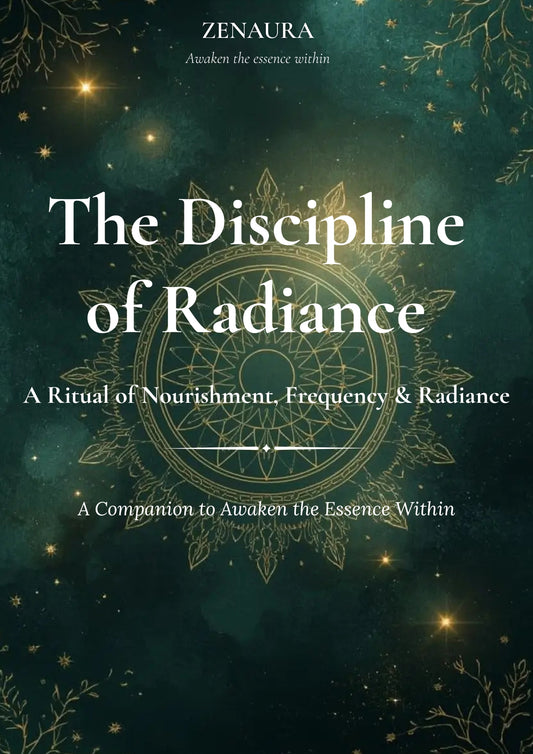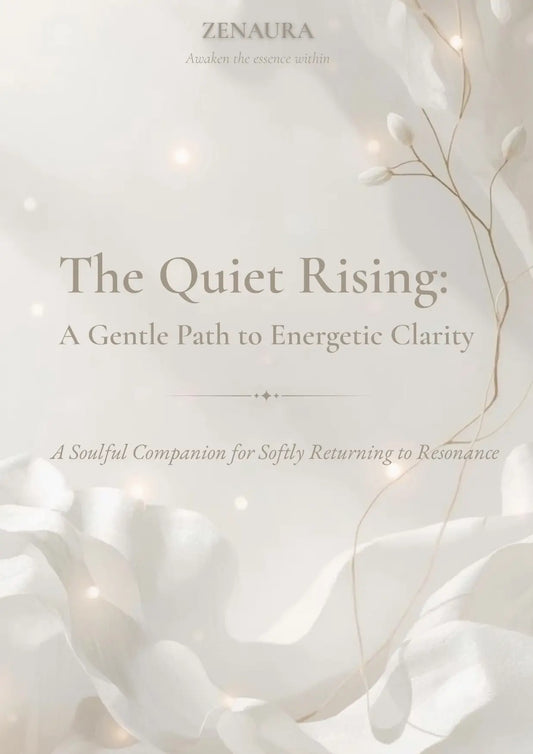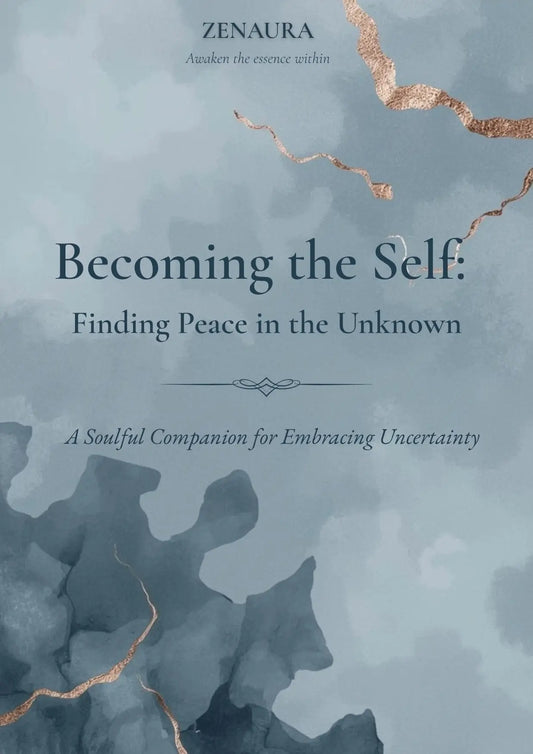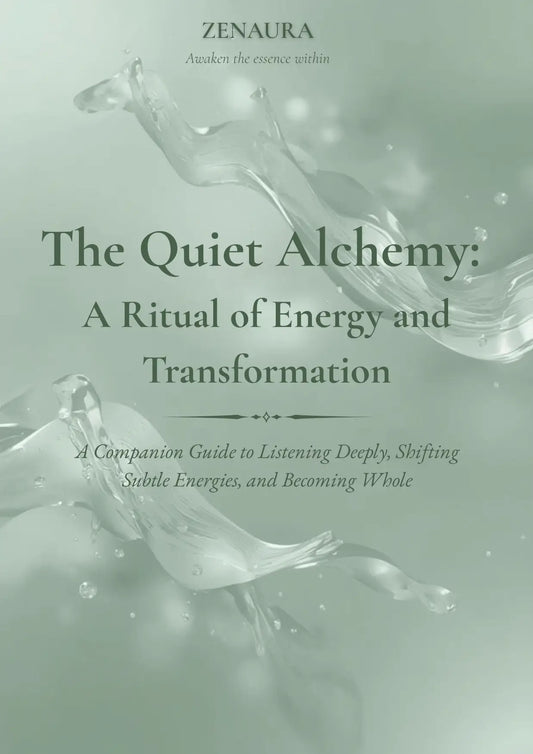
Green Tea for Dark Circles: Ancient Wisdom Meets Modern Eye Care
Beneath the eyes, dark circles tell a story of sleepless nights, stress, and the body’s subtle rhythms. They are quiet indicators of the life we lead, reflecting long hours in front of screens, late nights, and moments of tension that linger unseen. For some, genetics make these shadows more pronounced, with thinner skin or visible veins allowing bluish or purplish tones to deepen.
The under-eye area is particularly delicate, sensitive to both internal and external factors. Circulation may slow, inflammation can settle, and oxidative stress may leave its mark, creating visible signs of fatigue. Dark circles are not merely reflections of sleepless nights—they mirror the body’s subtle responses to lifestyle, environment, and stress.
Understanding these underlying causes is the first step towards nurturing clarity, calm, and radiance in this sensitive area. By addressing both external symptoms and internal contributors, it becomes possible to restore not only the appearance of the eyes but also a sense of balance and well-being.
How Green Tea Helps Dark Circles
Green tea is more than a beverage; it is a gentle, natural remedy that addresses multiple contributors to dark circles. Its combination of antioxidants, caffeine, vitamins, and minerals works harmoniously to soothe, repair, and rejuvenate the delicate skin beneath the eyes.
Across centuries in East Asia, tea has been valued not only for nourishment but as a restorative agent for the skin. In ancient China, noblewomen and empresses applied cooled tea leaves or cloths soaked in tea to their eyes, calming fatigue, reducing puffiness, and brightening the delicate under-eye area. In Japan, geishas incorporated matcha, powdered green tea, into their beauty routines. Tea-infused compresses or pastes were placed over the eyes to calm inflammation, tighten skin, and refresh the complexion after long hours of performance. These traditions reflect a holistic understanding: the eyes were nurtured not only for appearance but as a reflection of inner vitality and balance.
Modern science now confirms what these practices intuitively understood. The active compounds in green tea provide multiple benefits:
- Catechins (EGCG): Powerful antioxidants that reduce oxidative stress and improve microcirculation, preventing blood from pooling beneath the skin and creating bluish shadows.
- Caffeine: Constricts blood vessels, alleviating puffiness while stimulating circulation and promoting waste removal from under-eye tissues.
- Vitamins C and E: Support collagen production, strengthen fragile skin, and combat oxidative damage, helping the under-eye area maintain resilience.
- Minerals such as Zinc and Magnesium: Aid in tissue repair, reduce inflammation, and promote even skin tone.
- Polyphenols: Calm inflammation and protect capillaries, reducing the prominence of dark circles over time.
Together, these compounds work quietly but effectively. Antioxidants neutralise free radicals, caffeine improves circulation, and vitamins and minerals repair and fortify the skin. Applying green tea to the eyes becomes both a scientifically supported remedy and a continuation of centuries of East Asian wisdom, bridging tradition and modern care.
This holistic approach illustrates an essential principle: natural remedies are most effective when they address both the symptoms and underlying causes. Dark circles arise not only from visible fatigue but from slowed circulation, inflammation, oxidative stress, and environmental factors. Green tea addresses all these fronts, gently softening shadows and calming puffiness while supporting the skin’s resilience.
How to Use Tea Bags for Under-Eye Care
Using green tea bags for under-eye care is both a natural remedy for dark circles and a mindful ritual. The process invites a moment of pause, allowing the eyes—and the mind—to rest.
Here’s how to transform a simple tea bag into a restorative eye ritual:
- Steep the tea bags: Place two green tea bags in hot water for 1–3 minutes, allowing antioxidants, caffeine, vitamins, and minerals to infuse fully.
- Squeeze and cool: Gently press out excess water so the bags feel warm, not dripping. For a cooling effect, refrigerate for 15–20 minutes to refresh tired eyes and enhance decongestion.
- Apply to closed eyes: Lie down and place the tea bags over your eyes. Breathe slowly and deeply, letting the skin absorb the active compounds while the body experiences a subtle, restorative pause.
- Benefits in action: Caffeine gently constricts blood vessels to reduce puffiness, while catechins, polyphenols, and vitamins calm inflammation and strengthen the delicate under-eye skin.
- Massage gently: After removing the tea bags, use circular motions to lightly massage the area, encouraging lymphatic drainage and stimulating circulation.
- Optional soothing touch: Place thin cucumber slices over the eyes for added hydration and a refreshing coolness.
- Embrace it as a ritual: As the practice becomes part of your day—whether in the morning or after long periods of screen exposure—it gradually softens shadows, eases puffiness, and nurtures both skin and spirit. What begins as a simple tea bag transforms into a moment of mindful self-care, blending centuries of East Asian wisdom with modern convenience.
Lifestyle Tips to Brighten Eyes Naturally
Even the most restorative treatments reach their full potential when paired with a lifestyle that nurtures the eyes from within. Restful sleep is among the most profound contributors. Seven to nine hours of uninterrupted slumber each night allow delicate under-eye tissue the time it needs to repair, rejuvenate, and regain its natural tone. Hydration works in quiet synergy, keeping skin plump and resilient, softening shadows, and reducing the visibility of dark circles that arise from dehydration.
Nutrition is another subtle but essential ally. A diet rich in antioxidants, vitamin C, vitamin K, and iron strengthens microcirculation and fortifies the skin’s structure. Limiting processed foods, excess salt, and alcohol helps prevent fluid retention and puffiness, letting the eyes appear lighter and more refreshed.
Stress, though often invisible, leaves its trace in the eye area. Gentle movement, meditation, and mindful breathing exercises help lower cortisol levels, reduce inflammation, and restore balance. Short breaks from prolonged screen exposure provide the eyes with quiet relief, allowing them to recover and maintain clarity over time.
Thoughtful eye care habits complement these practices. Removing makeup thoroughly before sleep prevents irritation, while occasional cold compresses soothe and refresh. When these mindful routines are combined with green tea treatments, they form a holistic approach, addressing both the appearance and root causes of dark circles, giving the eyes the chance to regain natural brightness and vitality.
| Just as green tea quietly nurtures the delicate skin beneath your eyes, your Sacred Soul Map nurtures your soul—revealing light, embracing shadow, and guiding quiet transformation |
The Wisdom of Tea Bag Care
Placing a tea bag over the eyes is more than a beauty ritual—it is a meditative pause. The warmth or gentle coolness invites the body to slow, the mind to rest, and the skin to absorb the quiet nourishment offered by antioxidants and caffeine.
Dark circles are subtle reflections of fatigue, stress, and imbalance. Treating them with intention transforms a simple act into a moment of attentive self-care, blending centuries of East Asian traditions with modern mindfulness. With consistent practice, shadows soften, puffiness diminishes, and the eyes regain clarity and radiance.
This gentle ritual embodies a deeper truth: beauty and wellness are cultivated not solely through ingredients, but through careful attention, consistent practice, and mindful presence. Green tea under-eye care becomes a quiet whisper of wisdom—calm, restorative, and deeply nurturing—inviting balance and serenity into daily life.






